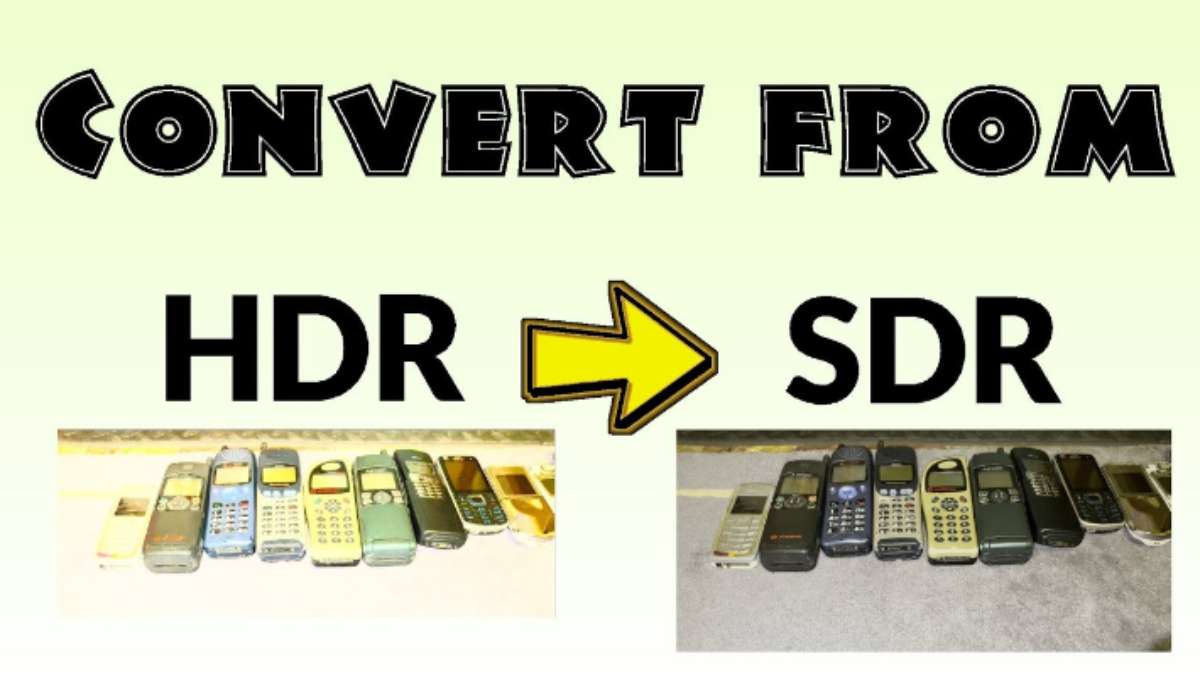Introduction
Wondering how to style Not Matching Bridesmaid Dresses so your bridal party looks coordinated without being identical? You’re in the right place. In this guide, you’ll learn how to choose colors, fabrics, silhouettes, and accessories so each bridesmaid shines while supporting the wedding aesthetic. Let’s dive in and answer the core question: how can you confidently choose Not Matching Bridesmaid Dresses that look cohesive and stylish?
Why Choose Not Matching Bridesmaid Dresses
Using Not Matching Bridesmaid Dresses lets each person express personal style. You get variety in silhouette colors fabrics while keeping some common thread—perhaps shade palette or accessory theme. That gives flexibility, comfort, and personality. It’s ideal for content creators planning a wedding shoot or style bloggers sharing varied designs.
Step‑by‑Step How to Curate the Look
1 Define a Color Palette
Pick a palette—say blush navy sage—and let each dress vary in tone or texture. With Not Matching Bridesmaid Dresses, the key is harmony not identical matching.
2 Choose Common Fabric or Texture Elements
Even if dresses differ in style, selecting similar fabric—chiffon satin velvet—ties looks together.
3 Coordinate Silhouettes Thoughtfully
Offer different silhouettes that suit body shapes—A‑line wrap sheath—just keep neckline or hem length in a consistent look.
4 Accessorize Consistently
Use similar jewelry clip‑on earrings or hair accessories like flower crowns or metallic belts to connect the group visually.
5 Communicate Guide Clearly
Provide your bridesmaids with a styling guide with color swatches fabric samples links to approved styles. This reduces confusion and ensures consistency.
6 Budget Inclusivity
Ensure your guide includes affordable options online brick‑and‑mortar with price ranges so everyone can participate.
7 Confirm Final Looks via Photos
Ask bridesmaids to share photos once they’re dressed so you can maintain a balanced group aesthetic.
8 Plan for Photography Lighting
When scheduling your content or wedding shoot, account for lighting to highlight the color palette and contrast of Not Matching Bridesmaid Dresses.
Example Styling Scenarios
Scenario A: Boho Summer Wedding
Palette: mustard burgundy olive
Textures: chiffon lace flowy
Silhouettes: maxi wrap off‑shoulder
Accessories: floral crowns metallic cuff bracelets
Scenario B: Formal Fall Event
Palette: navy emerald plum
Textures: satin silk brocade
Silhouettes: sheath V‑neck high‑low
Accessories: statement earrings matching clutch heels
Tweaks for iPhone Video Content Creators
If you’re a content creator using iPhones to film behind‑the‑scenes wedding footage, focus on how the colors catch natural light. Capture slow pans over fabrics and group shots. Use portrait mode to emphasize texture of each Not Matching Bridesmaid Dresses outfit. Edit with stabilization and subtle transitions to evoke a polished result.
Common Mistakes to Avoid
Avoid overwhelming mismatched styles by sticking to your palette and shared accessory theme. Don’t let dresses contrast too strongly in formality level. Stay away from clashing bridal party shoes—coordinated footwear helps unify the look.
Conclusion
Choosing Not Matching Bridesmaid Dresses lets your bridesmaids shine individually while maintaining harmony across your wedding party. By carefully selecting your palette fabric accessories and silhouette guidance you ensure a polished, cohesive, and personal bridal aesthetic that’s both beautiful and functional.
Frequently Asked Questions
Q1 How do I choose colors that work together for Not Matching Bridesmaid Dresses
A Start with a unified color palette—three to four complimentary hues. Share swatches or Pantone codes so bridesmaids can match tones even in varied styles
Q2 Can dresses be totally different styles if they are Not Matching Bridesmaid Dresses
A Yes—but stick to shared details like hem length neckline or fabric to keep cohesion
Q3 What if my bridesmaids are different body types?
A Offer silhouette options that flatter everyone while staying in palette or fabric theme
Q4 How much direction should I give?
A Provide a clear styling guide—color palette fabric suggestions silhouette types accessory ideas—while still letting friends choose individual dresses
Q5 Will mismatched dresses look bad in photos?
A Not if you coordinate via color tone and fabric textures. Use consistent accessories and photography lighting to unify the visual appearance
Q6 How can I keep costs reasonable?
A Suggest budget‑friendly online retailers second‑hand rental shops and include price ranges in your styling guide
Q7 Should the bride wear matching or different dress?
A Traditionally bride wears white or ivory, distinct from bridesmaids. Keep her dress the focal point while bridesmaid gowns coordinate around her
Q8 Do Not Matching Bridesmaid Dresses work for all wedding types
A Yes—they’re especially suited for bohemian garden rustic or personalized weddings. For highly formal black‑tie events, you may need more coordination in fabric sheen or silhouette
